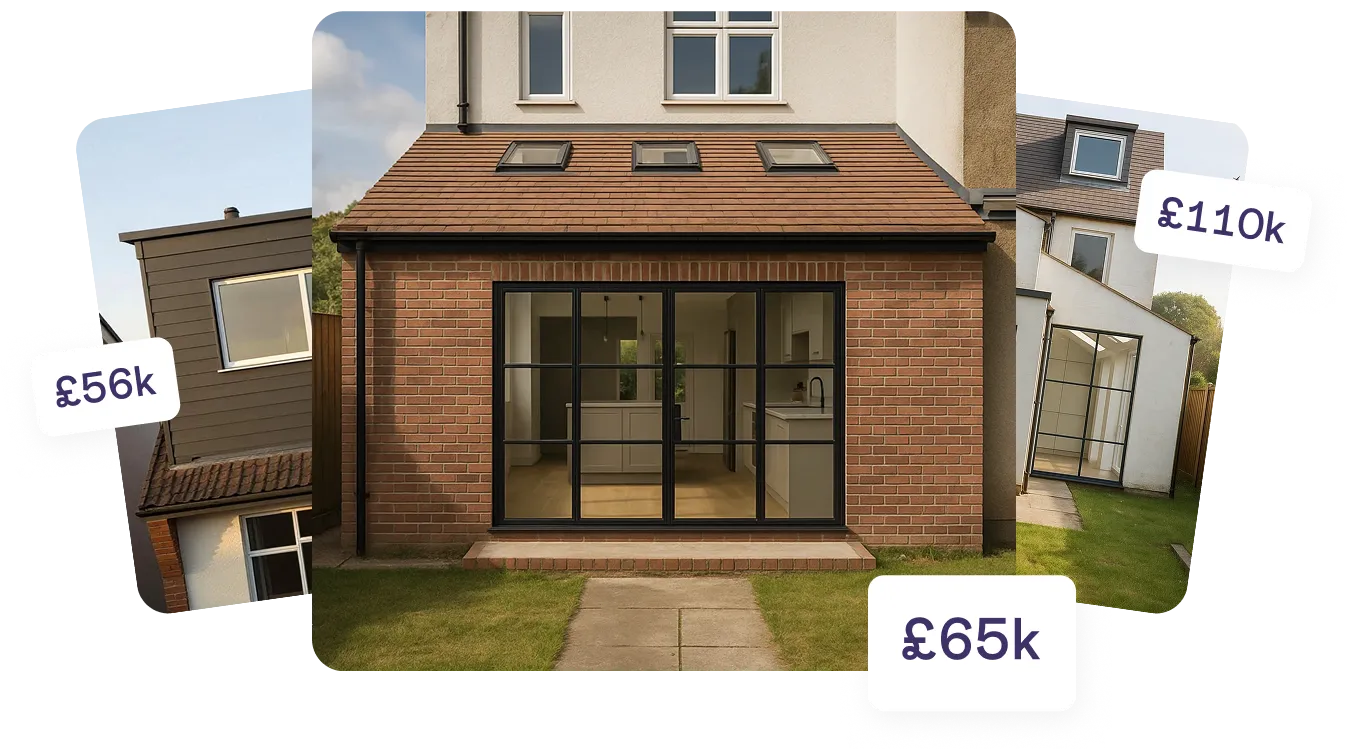Flat roof extensions are growing in popularity and can be a sleek, modern and practical way of adding more space to your property. If you’re considering a flat roof extension and are wondering whether to take the dive or what roof type to go for you've come to the right place. This guide will tell you everything you need to know about flat roof extensions.
What are flat roof extensions?
Simply put, flat roof extensions are horizontal additions to your home, rather than angled. Once upon a time, they had an unpopular reputation but thanks to improvements in building materials, and the cost and time efficiency of building this type of extension, people are reassessing the flat roof extension and seeing that there are plenty of benefits. For one, they can be installed in areas where there is limited space and won't have to accommodate any pitched sides. They're also cheaper than pitched roofs, as they don't need to be constructed with the same amount of materials (such as timber).
However, flat roof types are not suitable for areas with high rainfall levels or heavy snowfall because the water will simply run off them without being absorbed into the ground below.
Flat roof rear extensions can be a great way to add an extra room to your home
Flat roof extensions can be a great way to add extra room to your home. They're generally cheaper than pitched roofs, can be more efficient to build and can be an effective way of maximising your space. Flat roofs are very easy to install, so you can get started quickly and without any major expenses. Here are some benefits of a flat roof:
- They're low-maintenance. A flat roof doesn't require much maintenance at all, which makes them perfect for those who don't have time or money for repairs or replacements. You'll only need to check on it occasionally during rainy seasons to make sure there aren't any leaks in your new addition!
- They're easy on the wallet (and the environment). Unlike other types of extensions such as mansard roofs or gable ends, flat roofs don't require much material during construction--which means less money out of pocket! Additionally, because they use fewer materials than other options do (like tiles), they're better for preserving natural resources too!






